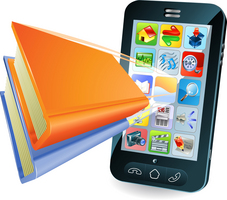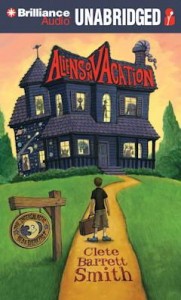Keep Up with YA Books
A MiddleWeb Resource Roundup
The Young Adult Library Services Association has a new tool to help you and your students find just the right books. And the YALSA blog, the Hub, also has ideas for engaging kids in reading all year long. We’ve included these and other resources as we consider The Best Ways to Keep Up with YA Books. Read all the way to the end to find books for younger readers and writers’ reflections on books that challenged their tween thinking. And a bookish infographic.
Teen Book Finder as close as your phone

YALSA’s Hub predicts YA future
Young Adult dystopian novels are rampant now with the success of The Hunger Games and Matched. The Hub blog looks at some of the best for teens. What’s the next YA trend? Hub bloggers share what they see on the horizon. Some of it is horrible, with an onslaught of serial killers on the horizon. Other trends: fresh ways to avoid parents, a revived interest in science fiction, hip girl sleuths, and (maybe) circuses.
#summerreading continues at NYT Learning Network
As of September 4, tweets were still piling up at the NYT Learning Network’s #summerreading. Instead of reporting books they planned to read over the summer, most kids were lamenting encroaching deadlines. But over summer, many students and teachers suggested titles. The Learning Network bloggers have assembled a list of recommended reads from both teachers and students for their target audience of readers 13 and older. You can also read what NYTLN has to say about some super-teachers who promote reading via Twitter and other online outlets (including Book Whisperer Donalyn Miller, who we interview here).
Top 2012 tween reads
Teachers can find carefully selected books for younger students among the Children’s Literature Assembly’s 2012 Notable Children’s Books in the English Language Arts for grades 1-8. Kids get to choose their favorites in the International Reading Association’s annual Children’s Choices Program (PDF, starts on page 7). The IRA’s teacher and teen lists are nearby. The Assembly on Literature for Adolescents (ALAN) of the National Council of Teachers of English (NCTE) has announced more recent books for adolescents in their 2012 Amelia Elizabeth Walden Book Award winner and finalists. These books are judged to demonstrate “ a positive approach to life, widespread teen appeal, and literary merit.” Also find great reads over at the Nerdy Book Club blog. See the 2011 Nerdies Book Awards here. The blog is facilitated by a group of very book-nerdy teachers and librarians. And don’t miss their long list of other kid-book oriented blogs — scroll down a bit and look in the right margin.
Books to Hear and Watch

Writers recall adolescent reads
What books caught your imagination or helped push you toward awareness when you were becoming a young adult? Writers remember their special “PG-13 books” in a series from NPR. It’s radio, of course, so you can not only read excerpts but listen to recollections, including Jesmyn Ward on Gone with the Wind and Myla Goldberg remembering one of the first chilling tales of nuclear apocalypse, On the Beach. Some of the writers’ choices would not make a tween reading list today.
Just for fun, graphically
Finally, with a glance back to vacation time, a keen eye for mazes will make this amazing infographic guide to summer reading easier to follow. The folks at Teacher.com have created a reader flowchat that spans time, topics, genres and more to bring together 101 books for high schoolers and those adults among us. You may even find a few for eager middle schoolers. One reader suggested middle grades students create their own infographic.































Here’s a useful addition to our YA book resources – from the June 23 NY Times:
How to Choose Summer Reading for Students.
It begins:
BECAUSE I am a middle school reading enrichment teacher, parents and colleagues often ask my advice about summer assignments. My automatic reply echoes a hit song from the ’70s, “any love is good lovin’.” I tell them blithely that any reading is good reading, while I think to myself, we’ll take whatever we can get…
But for students in middle school and high school, reading selection does matter.